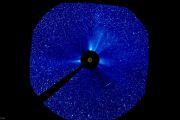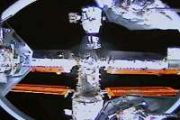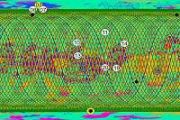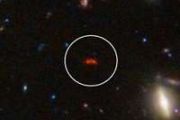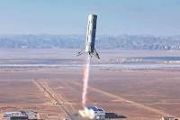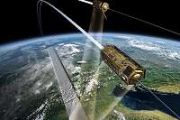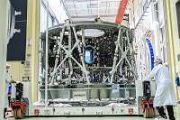
Copernical Team
Rùm on the rocks
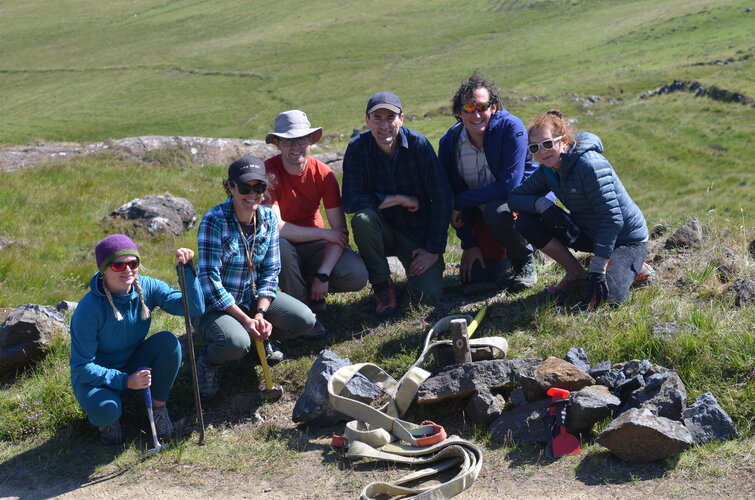 Image:
Rùm on the rocks
Image:
Rùm on the rocks Present and future of satellite navigation
 The 14th ESA/JRC International Summer School on GNSS, organized by the European Space Agency (ESA) and the Joint Research Centre (JRC), took place in July in Kiruna, Sweden. The Summer School, sponsored this year by GMV, trains the next generations of scientists and engineers to master space-related applications.
This year's program focused on giving students a comprehensive overview of sa
The 14th ESA/JRC International Summer School on GNSS, organized by the European Space Agency (ESA) and the Joint Research Centre (JRC), took place in July in Kiruna, Sweden. The Summer School, sponsored this year by GMV, trains the next generations of scientists and engineers to master space-related applications.
This year's program focused on giving students a comprehensive overview of sa Intelsat completes C-Band spectrum clearing for 5G Deployment
 Intelsat, operator of one of the world's largest integrated satellite and terrestrial networks and leading provider of inflight connectivity, will receive nearly $3.7 billion in the fourth quarter after completing C-band frequency clearing, providing future strategic opportunities for the company and its shareholders.
"Intelsat's C-band transition facilitates broader 5G services in the Uni
Intelsat, operator of one of the world's largest integrated satellite and terrestrial networks and leading provider of inflight connectivity, will receive nearly $3.7 billion in the fourth quarter after completing C-band frequency clearing, providing future strategic opportunities for the company and its shareholders.
"Intelsat's C-band transition facilitates broader 5G services in the Uni ESA's Space Environment Report 2023
 Our planet is surrounded by spacecraft carrying out important work to study our changing climate, deliver global communication and navigation services and help us answer important scientific questions.
But some of their orbits are getting crowded and increasingly churning with deadly, fast-moving pieces of defunct satellites and rockets that threaten our future in space.
In 2002, the
Our planet is surrounded by spacecraft carrying out important work to study our changing climate, deliver global communication and navigation services and help us answer important scientific questions.
But some of their orbits are getting crowded and increasingly churning with deadly, fast-moving pieces of defunct satellites and rockets that threaten our future in space.
In 2002, the Engineers put a Mars lander legs to the test
 Sturdy legs are needed to absorb the impact of the heaviest spacecraft to ever touch down on the Red Planet. NASA's Perseverance rover continues to rack up tubes filled with rock core samples for the planned Mars Sample Return campaign. The joint effort by NASA and ESA seeks to bring scientifically selected samples back from Mars to be studied on Earth with lab equipment far more complex than co
Sturdy legs are needed to absorb the impact of the heaviest spacecraft to ever touch down on the Red Planet. NASA's Perseverance rover continues to rack up tubes filled with rock core samples for the planned Mars Sample Return campaign. The joint effort by NASA and ESA seeks to bring scientifically selected samples back from Mars to be studied on Earth with lab equipment far more complex than co Cracks in ancient Martian mud surprise Curiosity team
 A new paper suggests the same conditions that created the cracks could have been favorable to the emergence of microscopic life. Scientists aren't entirely sure how life began on Earth, but one prevailing theory posits that persistent cycles of wet and dry conditions on land helped assemble the complex chemical building blocks necessary for microbial life. This is why a patchwork of well-preserv
A new paper suggests the same conditions that created the cracks could have been favorable to the emergence of microscopic life. Scientists aren't entirely sure how life began on Earth, but one prevailing theory posits that persistent cycles of wet and dry conditions on land helped assemble the complex chemical building blocks necessary for microbial life. This is why a patchwork of well-preserv Epson bolsters space robotics through GITAI investment
 In a move emblematic of the burgeoning space industry's trajectory, Epson has announced a fresh investment into GITAI, a startup focused on creating versatile robotic solutions for space-based applications. GITAI's mission centers around supplying safe and cost-effective labor for myriad tasks in space, ranging from operations within space stations orbiting Earth to more ambitious endeavors on t
In a move emblematic of the burgeoning space industry's trajectory, Epson has announced a fresh investment into GITAI, a startup focused on creating versatile robotic solutions for space-based applications. GITAI's mission centers around supplying safe and cost-effective labor for myriad tasks in space, ranging from operations within space stations orbiting Earth to more ambitious endeavors on t LeoLabs provides tracking support for ESA's historic assisted satellite reentry
 LeoLabs, the leading commercial provider of Space Traffic Management (STM) and Space Situational Awareness (SSA) services, today shared their support for the European Space Agency's (ESA) successful assisted reentry of Aeolus, an Earth observation satellite, over Antarctica on 28 July 2023.
This assisted reentry was considered the "first-of-its-kind" because the satellite, named Aeolus, wa
LeoLabs, the leading commercial provider of Space Traffic Management (STM) and Space Situational Awareness (SSA) services, today shared their support for the European Space Agency's (ESA) successful assisted reentry of Aeolus, an Earth observation satellite, over Antarctica on 28 July 2023.
This assisted reentry was considered the "first-of-its-kind" because the satellite, named Aeolus, wa Dark energy could be measured by studying the galaxy next door
 Researchers have found a new way to measure dark energy - the mysterious force that makes up more than two-thirds of the universe and is responsible for its accelerating expansion - in our own cosmic backyard.
The researchers, from the University of Cambridge, found that it may be possible to detect and measure dark energy by studying Andromeda, our galactic next-door neighbour that is on
Researchers have found a new way to measure dark energy - the mysterious force that makes up more than two-thirds of the universe and is responsible for its accelerating expansion - in our own cosmic backyard.
The researchers, from the University of Cambridge, found that it may be possible to detect and measure dark energy by studying Andromeda, our galactic next-door neighbour that is on Astronomers confirm Maisie's galaxy is among earliest ever observed
 Thanks to the James Webb Space Telescope, astronomers racing to find some of the earliest galaxies ever glimpsed have now confirmed that a galaxy first detected last summer is in fact among the earliest ever found. The findings are in the journal Nature.
Follow-up observations since first detection of Maisie's galaxy have revealed that it is from 390 million years after the Big Bang. Altho
Thanks to the James Webb Space Telescope, astronomers racing to find some of the earliest galaxies ever glimpsed have now confirmed that a galaxy first detected last summer is in fact among the earliest ever found. The findings are in the journal Nature.
Follow-up observations since first detection of Maisie's galaxy have revealed that it is from 390 million years after the Big Bang. Altho 







